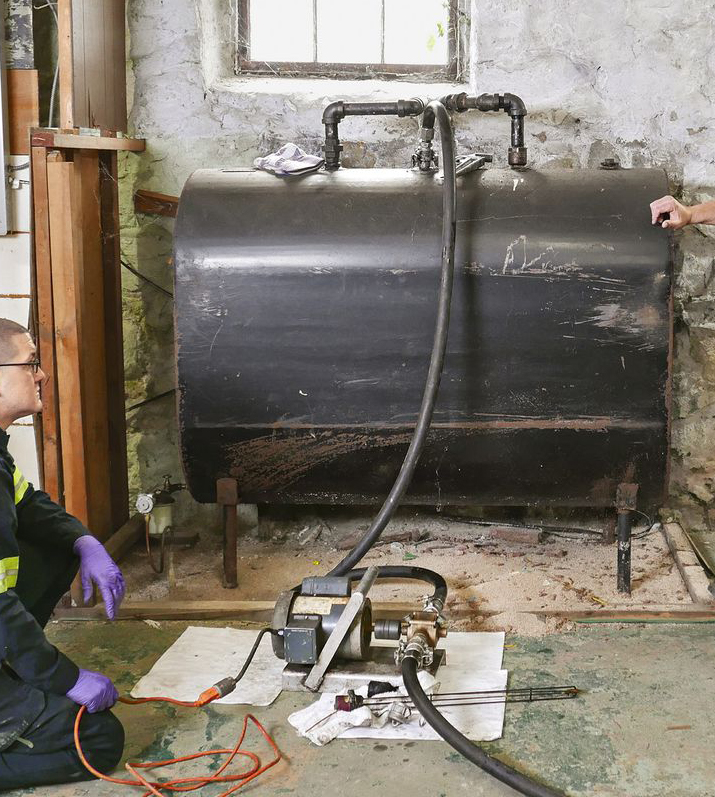Is your oil tank ready for another cold season? Here’s how to check.
 It’s that time of the year again: the transition between summer and fall is in full swing. It is getting colder, and it is time to turn up the heat. Ask yourself: when was the last time your home heating oil tank received proper maintenance (tested, cleaned, etc.)? According to industry best practices, you should have your home heating oil tank evaluated every 5 years. While doing your research about oil tank brands and fuel costs, you should also be budgeting for routine maintenance to keep your oil tank operating at full efficiency. If your tank is older than 25 years consider replacing it with a new one.
It’s that time of the year again: the transition between summer and fall is in full swing. It is getting colder, and it is time to turn up the heat. Ask yourself: when was the last time your home heating oil tank received proper maintenance (tested, cleaned, etc.)? According to industry best practices, you should have your home heating oil tank evaluated every 5 years. While doing your research about oil tank brands and fuel costs, you should also be budgeting for routine maintenance to keep your oil tank operating at full efficiency. If your tank is older than 25 years consider replacing it with a new one.
Just like other machinery, scheduling inspections and cleaning services for your oil tank is essential and will save you thousands of dollars in the long run. It is better to be proactive in scheduling regular maintenance than reactive to cracks, leaks and water damage resulting from improper care. Built up corrosion from within your tank will chemically react with any condensation present and create a hazardous sludge. Sludge contamination forms blockages in your filters and will backfire into your furnace, putting your property, family and community in danger.
To prepare your oil tank for routine maintenance:
- Check for Oil Leaks –Even small amounts of oil can contaminate a majority of your land and water sources. Faulty installation methods, broken or blocked fuel lines, inaccurate re-fueling methods and internal/external corrosion are all factors that could contribute to an oil leak coming from your tank. As a homeowner, knowing the signs of an oil leak will help you determine when to call an expert technician to avoid any further damage.
- Ensure the tank gauge and vent alarm are working properly – Tank gauges will show you the amount of fuel available in your oil tank at any given time. If you are not sure if your tank gauge is fully operational, remove the gauge cover and carefully press the float down. If the float does not snap into its starting position, then you will need to call a trusted service provider to have your tank inspected. The vent alarm should also be fully operational. The vent alarm system mitigates overfilling your tank and helps service providers avoid oil spills. You will know your vent alarm system is working if it whistles when your tank is full.
- Check that the tank whistle is working properly – the tank whistle works with the vent alarm system by signaling when your oil tank is full and prevents overfilling or oil spilling. If the tank whistle is out of commission, you risk overfilling your tank which can cause significant damage to your property and the surrounding environment.
Schedule an Oil Tank Inspection Today
Our team of licensed technicians at Long Island Oil Tank Service has serviced Long Island homeowners since 1981. Scheduling regular maintenance aids in the conservation of their oil tank and enhances safety within the home.
